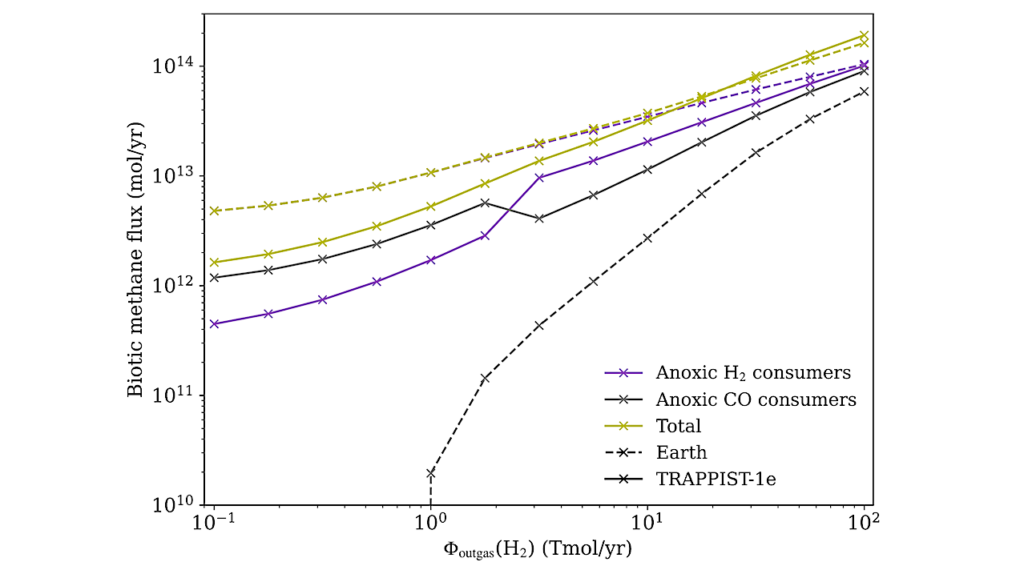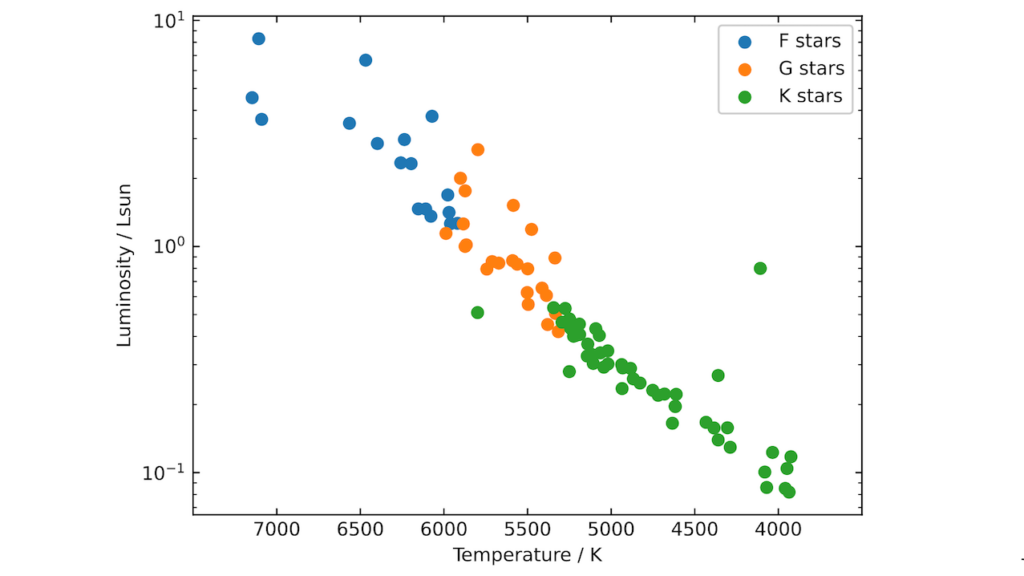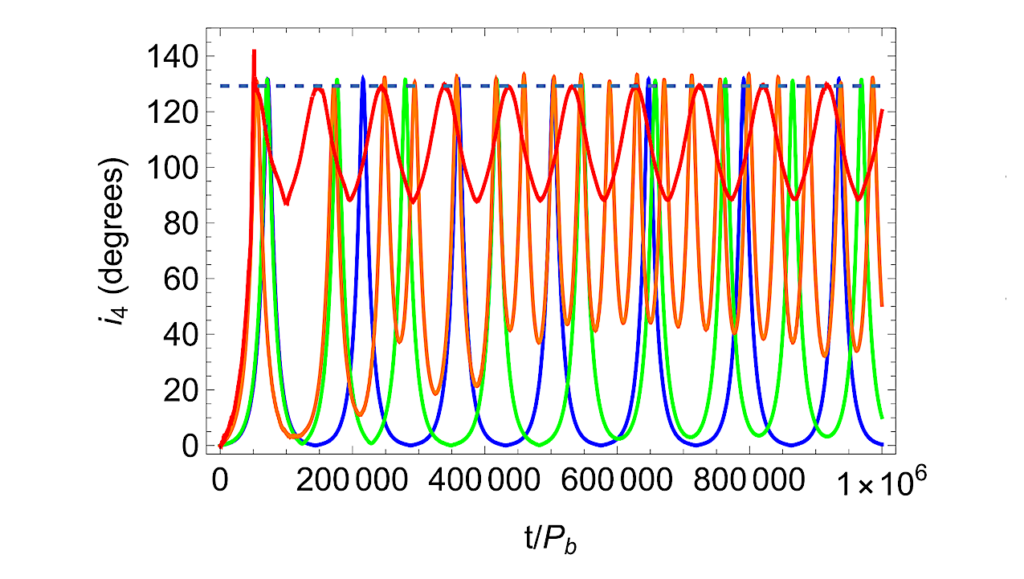The Importance of Multiple Observation Methods to Characterize Potentially Habitable Exoplanets: Ground- and Space-Based Synergies

The discovery of a truly habitable exoplanet would be one of the most important events in the history of science.
However, the nature and distribution of habitable environments on exoplanets is currently unconstrained. The exoplanet revolution teaches us to expect surprises. Thus, versatile, capable observatories, and multiple observation techniques are needed to study the full diversity of habitable environments. Here, we summarize the challenges and opportunities of observing planets orbiting M dwarf vs. FGK dwarfs, which are best targeted with different methods.
Giada Arney, Natasha Batalha, Nicolas Cowan, Shawn Domagal-Goldman, Courtney Dressing, Yuka Fujii, Ravi Kopparapu, Andrew Lincowski, Eric Lopez, Jacob Lustig-Yaeger, Allison Youngblood
(Submitted on 8 Mar 2018)
Comments: A white paper submitted to the National Academy of Sciences Exoplanet Science Strategy
Subjects: Earth and Planetary Astrophysics (astro-ph.EP)
Cite as: arXiv:1803.02926 [astro-ph.EP] (or arXiv:1803.02926v1 [astro-ph.EP] for this version)
Submission history
From: Giada Arney
[v1] Thu, 8 Mar 2018 00:46:12 GMT (179kb)
https://arxiv.org/abs/1803.02926
Astrobiology








